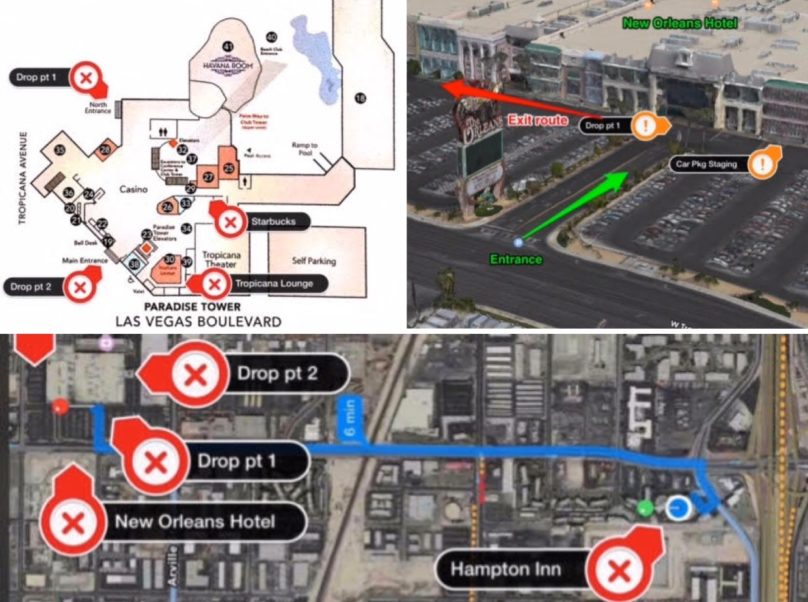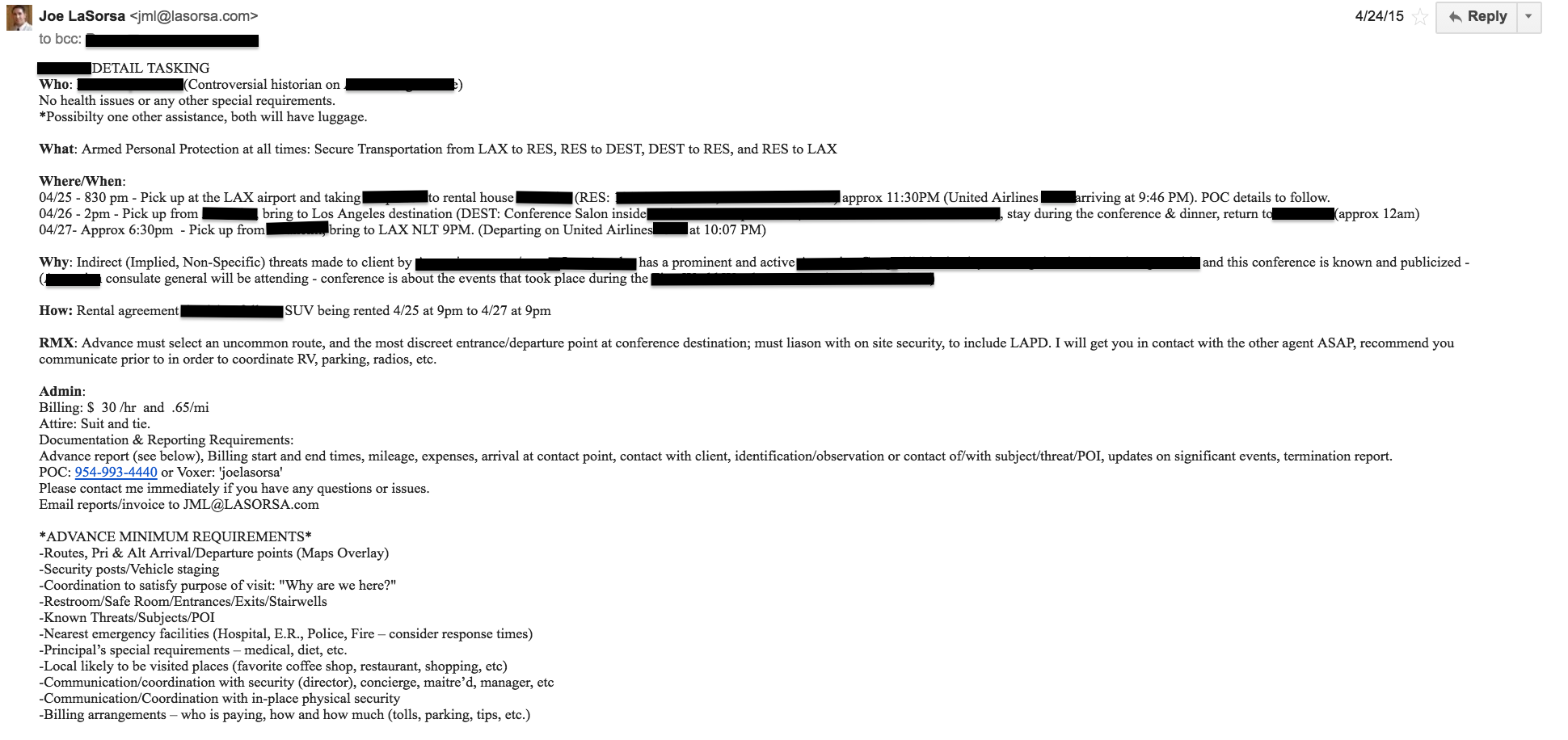Tasking Statements & Mission Planning In Protective Services

Communication is commonly the largest contributor to the friction within any team, and it is no different in protective services. Being able to communicate effectively is a critical skill which is infinitely more valuable than putting a few in the X ring at the range. This article will discuss tasking statements & mission planning In protective services.
In the majority of cases that I have been a part of, a full blown operations order is not conducted as it is simply not feasible nor is it prudent to tie up the manpower/resources in order to present it. In most cases, a simple mission statement accompanies the advance report or if anything a fragmentary order (Frag-O) is delivered over email or some other method of communicating. I personally prefer a 5W-H (who, what, when, where, why, how) format as it is concise, simple, and universally understood. Most teams have SOPs already set and the team is a well oiled machine, hence there is no practical need for a full order. During my time as a Platoon Commander, this was my bread and butter – developing mission plans and conducting mission briefs. Due to that experience, it enables me to communicate a Frag-O much more effectively as I understand the entire process, and that is why it will be explained below.
A five paragraph order, with an orientation at the start, is the standard is of mission briefs as it is used in the military ad nauseam for almost any operation, big or small. Below is the O-SMEAC framework which is to be added on based on your task, threat and environment:
Orientation –
Name the players and the places
Situation –
Enemy (Threats) identity, capabilities, etc. from your threat assessment and profiles
Friendly: Higher, adjacent and supporting units.
Mission
Simply state the mission in a ‘who’, ‘what’, ‘when’, ‘where’ in order to ‘why’ format
Execution
This includes the tactical plan and operational concepts – how you are getting it done including individual tasks given to team members, etc.
Admin and Logistics
Billing, shift assignments, transportation, luggage, personnel needs, and miscellaneous demands foreseen by the team members of themselves and the client, etc.
Command and Signal
Instructions and information for communicating and reporting, succession of command, etc.
Pictured below is an example of the shorter format, a 5W-H mission statement I sent team members on a detail.

Below: Art Dorst provides more insight on mission planning and tasking statements.
Many times when working security and protection details they come in with short notice and can also be of short duration. Other times they can be longer more complex details with many moving parts. Often people try to compensate for a lack of doing the right work by using apps, chats, and other electronic mediums to control, plan, and lead operations. This can work but sometimes we need to get back to doing formal planning and documentation.
Recently I attended the Direct Action Group PSD/VIP Protection Course with owner and lead instructor Max Joseph. I have known and trained with Max for a long time he is a former Recon Marine and no BS instructor with a solid background in executive protection going back to the late 80’s. As part of his course he went over the concepts and use of the Operations Order in executive protection. Being former military I was familiar with op orders but it has been awhile since I used or created one. As part of our final FTX we had to create and op order. The order we created was over twenty pages long containing detailed information used to execute the mission each member of the detail was provided a hard copy to review and take notes on during the pre operations brief. When speaking with Joe about the experience he asked if I’d be willing to do a write up about them for the blog and I agreed. I’m no expert but it’s a pretty basic premise so I’ll break it down in bullet points.

